Optimal Seasons for Foundation Repairs
Foundation repairs are most effective when performed during specific seasonal conditions. Proper timing can help ensure the stability of the repair process and reduce potential complications caused by weather or soil conditions. Understanding the optimal periods for foundation work can lead to better results and longer-lasting repairs.
Spring offers moderate temperatures and soil moisture levels, making it suitable for foundation repairs. However, heavy spring rains may delay work or affect soil stability.
Summer provides longer daylight hours and generally dry weather, facilitating timely repairs. Care must be taken to avoid extreme heat that can affect materials.
Fall often features cooler temperatures and less precipitation, creating ideal conditions for foundation work before winter sets in.
Winter is generally less suitable due to freezing temperatures and frozen ground, which can hinder excavation and curing processes.
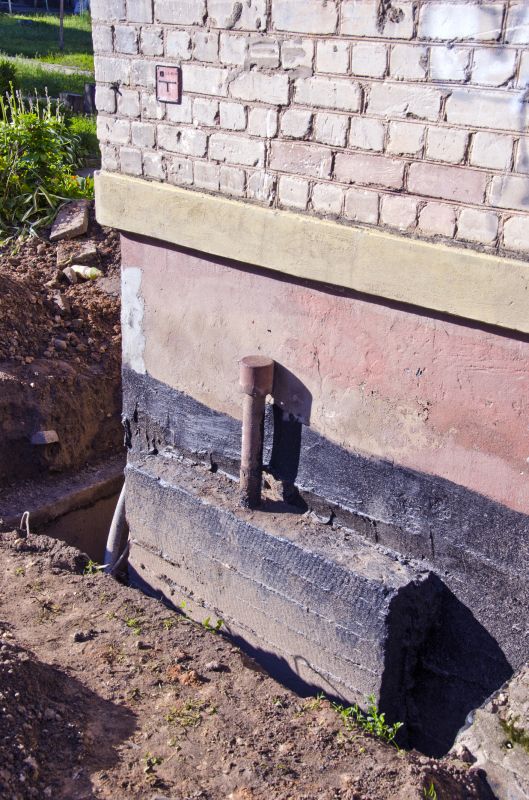
Spring's moderate conditions help facilitate soil settlement and repair durability.
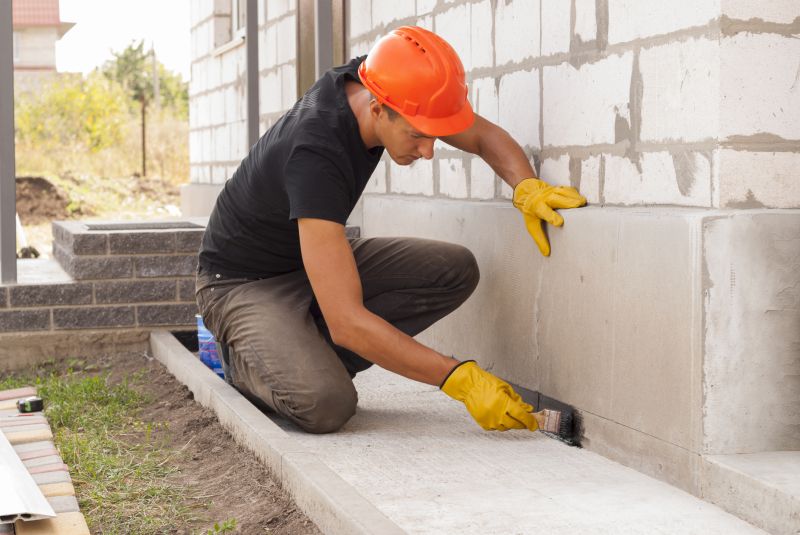
Dry summer weather supports efficient repair processes and material application.
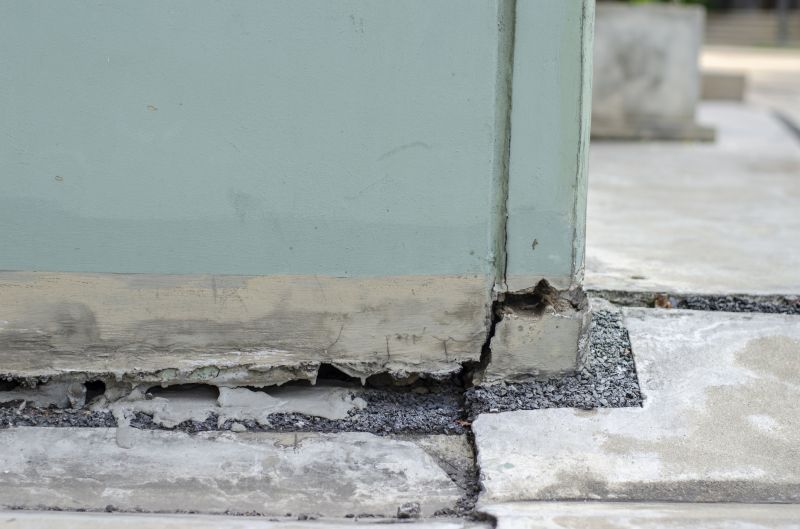
Cooler fall weather allows for effective repairs before winter freeze.
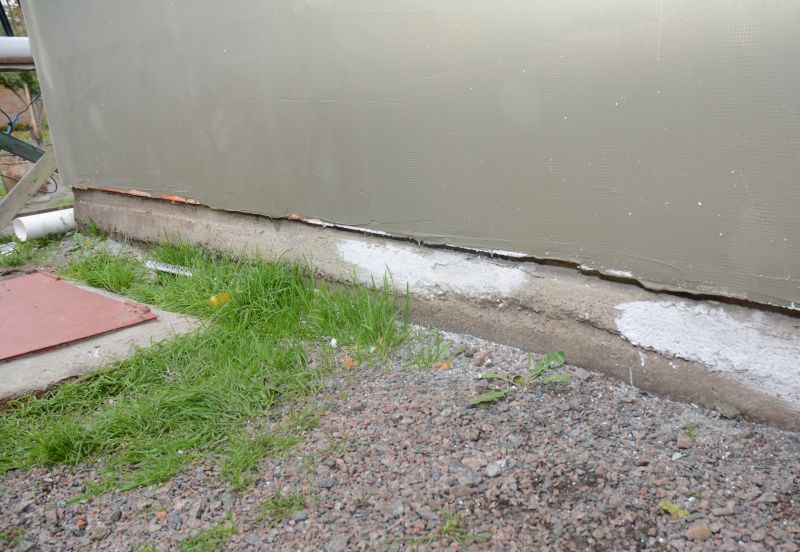
Ways to make Foundation Repairs work in tight or awkward layouts.
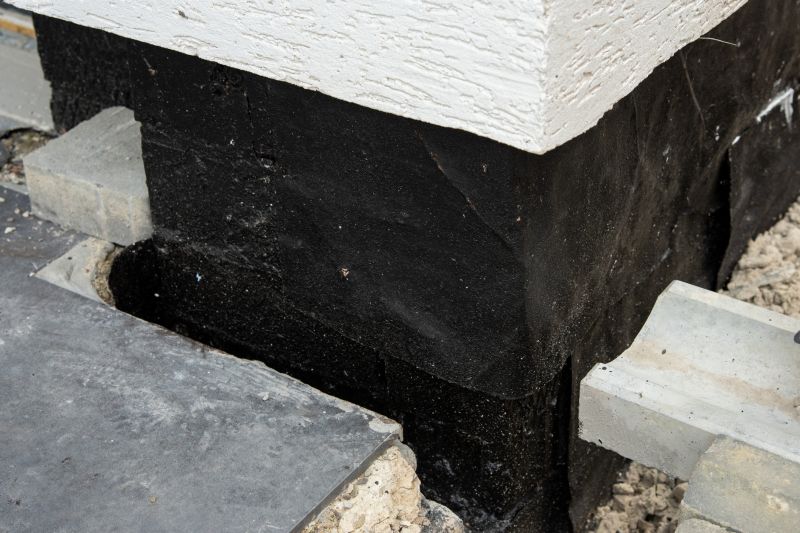
Popular materials for Foundation Repairs and why they hold up over time.

Simple add-ons that improve Foundation Repairs without blowing the budget.

High-end options that actually feel worth it for Foundation Repairs.
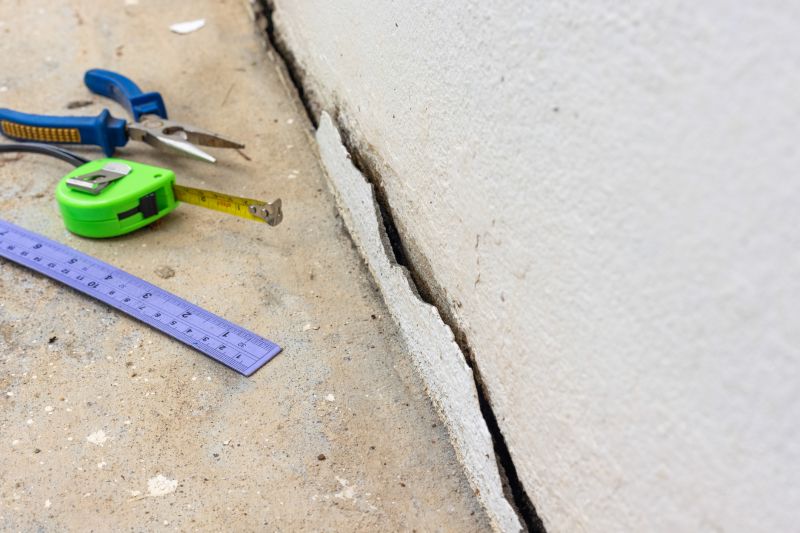
Finishes and colors that play nicely with Foundation Repairs.
| Season | Suitability |
|---|---|
| Spring | Good, with considerations for rain and soil moisture |
| Summer | Optimal, with dry weather and long days |
| Fall | Ideal, before winter frost |
| Winter | Not recommended due to freezing temperatures |
Foundation repairs involve addressing issues such as settling, cracking, or shifting that compromise structural integrity. These repairs often include underpinning, piering, or stabilization techniques. Proper timing ensures these methods are most effective, reducing the risk of future problems and extending the lifespan of the foundation.
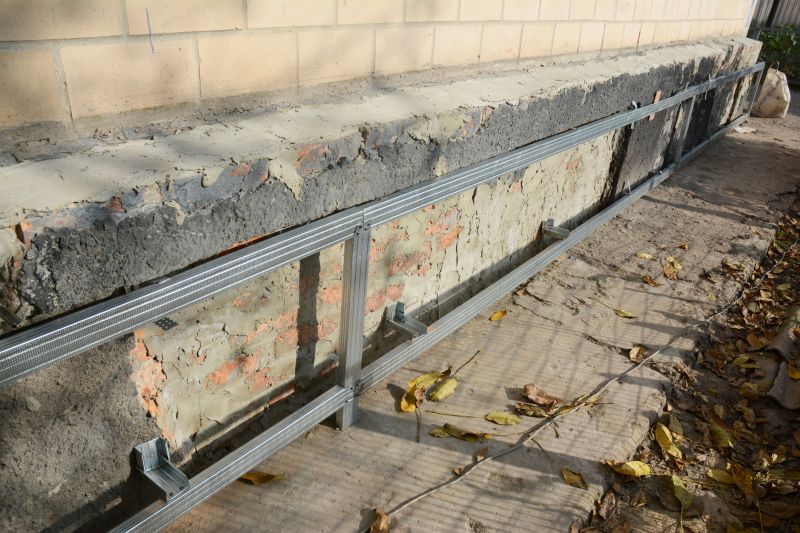
A detailed view of underpinning and stabilization techniques.
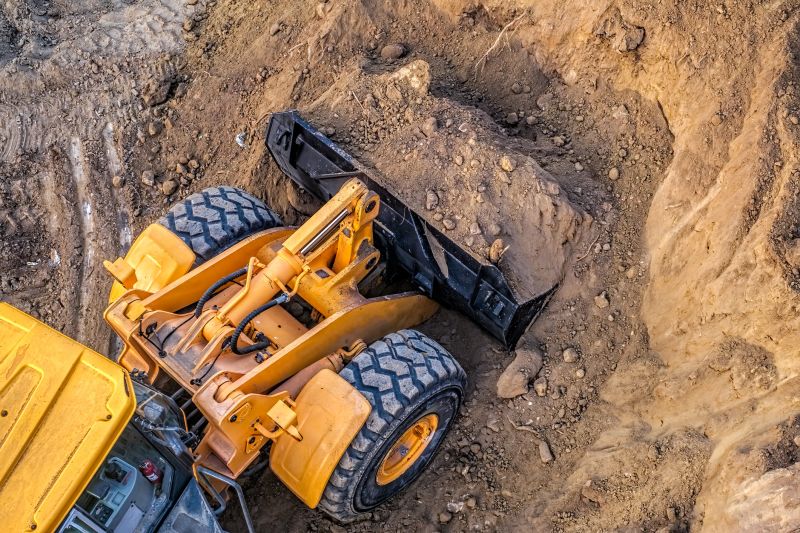
Equipment used to improve soil conditions before repairs.
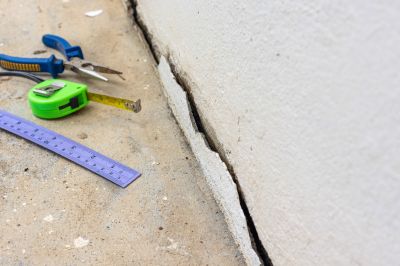
Close-up of typical cracking patterns requiring repair.
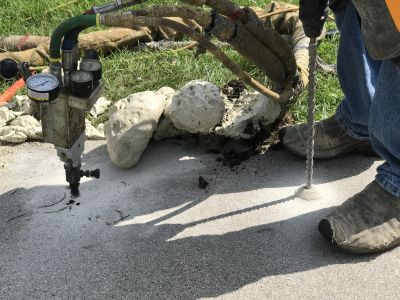
Tools and machinery used in foundation stabilization.
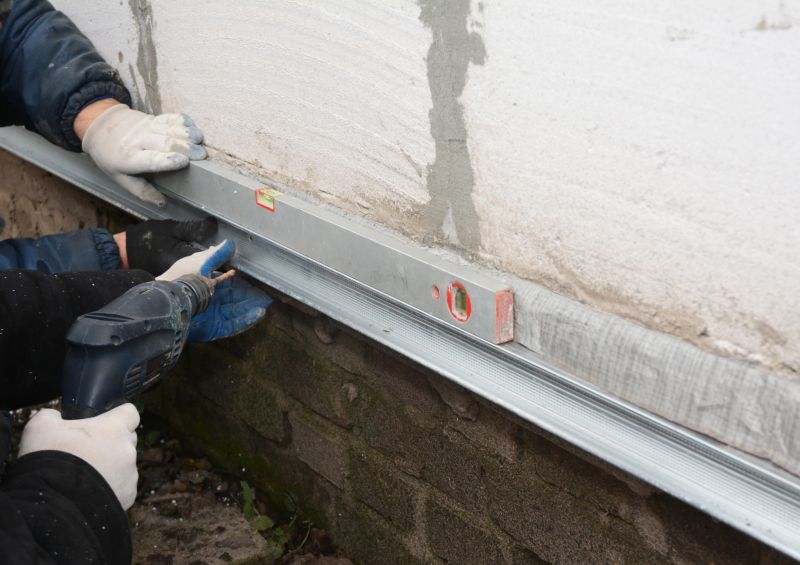
Little measurements that prevent headaches on Foundation Repairs day.
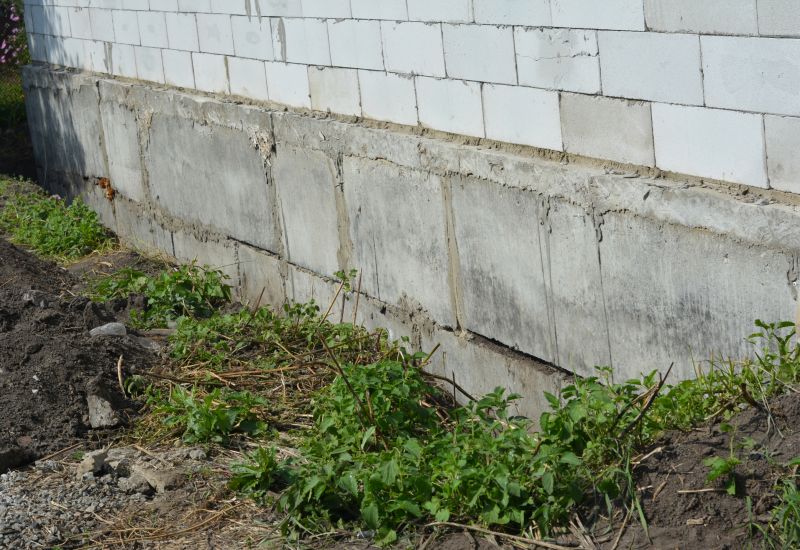
A 60-second routine that keeps Foundation Repairs looking new.
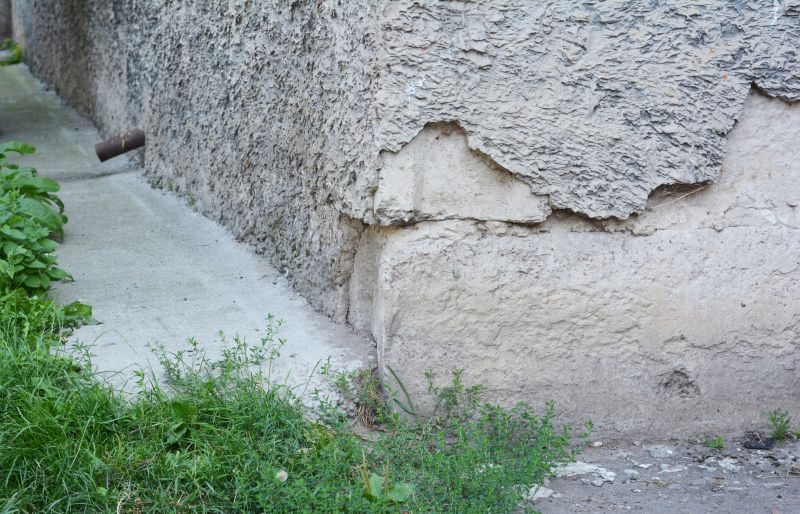
A frequent mistake in Foundation Repairs and how to dodge it.
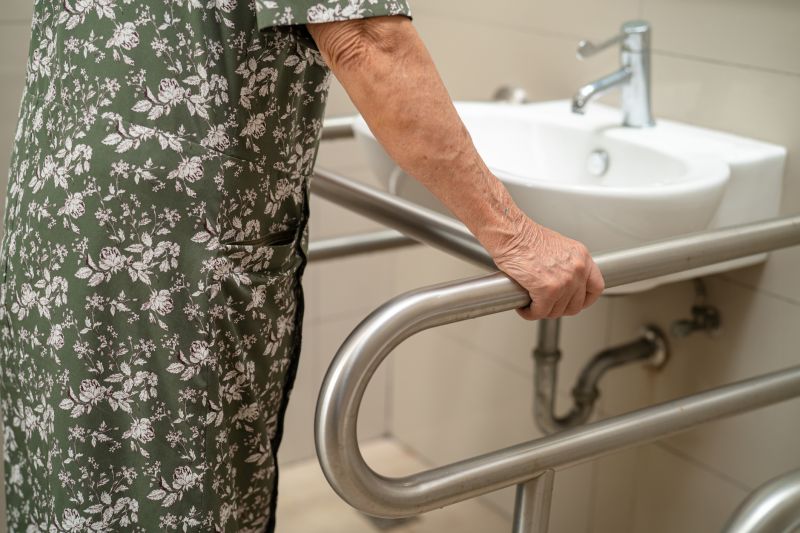
Small tweaks to make Foundation Repairs safer and easier to use.
Timely foundation repairs can prevent further structural damage and costly future repairs. Consulting with a foundation specialist can help determine the best time to undertake repairs based on local weather patterns and soil conditions.
Interested in foundation repairs? Filling out the contact form can provide more information and schedule an assessment to determine the optimal timing for specific needs.

